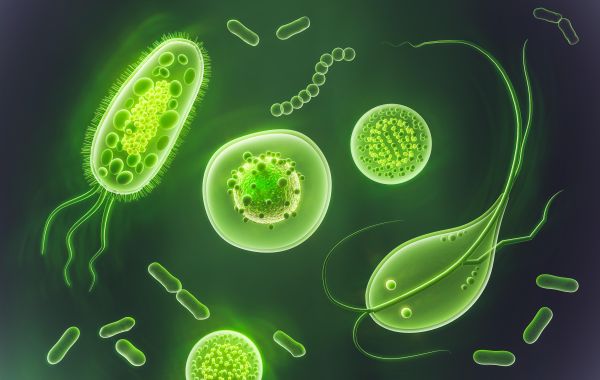
Chapter Overview
Microorganisms are tiny living beings that are invisible to the naked eye. They include bacteria, fungi, protozoa, algae, and viruses. While some microorganisms help in food production, medicine, and agriculture, others cause diseases in humans, animals, and plants. This chapter explores the dual nature of microorganisms – their beneficial and harmful aspects.
Important Keywords
- Microorganisms: Tiny organisms visible only under a microscope.
- Bacteria: Single-celled microorganisms that can be helpful or harmful.
- Viruses: Microorganisms that need a host to reproduce and cause diseases.
- Fungi: Organisms like yeast and molds, some beneficial and some harmful.
- Protozoa: Single-celled microscopic organisms, some of which cause diseases.
- Algae: Simple organisms capable of photosynthesis.
- Pathogen: A microorganism that causes disease.
- Fermentation: A process in which microorganisms help convert sugar into alcohol.
- Antibiotics: Medicines derived from microorganisms to treat bacterial infections.
Detailed Notes
Sign In to view full chapter (Microorganisms: Friend and Foe - Detailed Notes) resources.
Want to unlock the full learning experience?
Log In to continue
To access this learning resource, save your progress and get personalized recommendations — please log in to your account or register for free.
It only takes a minute and gives you complete access to lesson history, resource bookmarks, and tailored study suggestions.
Log In to continue
